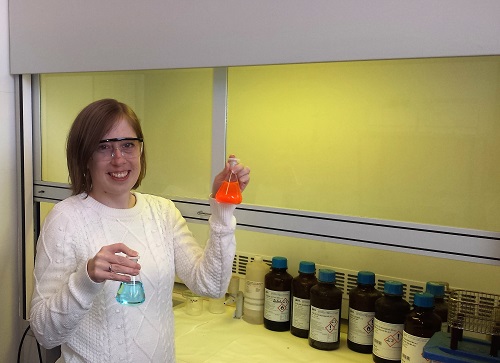
An international team of researchers, led by economists from Masaryk University, have created new modelling tools that allow for more precise predictions of macroeconomic variables such as GDP growth, inflation or interest rates. Novel economic methods developed within the Dynamic Forecast Averaging of Macroeconomics Models project, supported by GA CR, may contribute significantly to evidence-based economic policymaking. The research team aimed to understand how to combine forecasts from different theoretical models and obtain more reliable estimates of the effects of government expenditure and tax changes on GDP growth.
Improving existing prediction models
Obtaining reliable predictions of future changes in economic variables such as GDP is extremely important for policymakers, investors, and companies. The existing theoretical methods aimed at providing forecasts and policy advice rely on particular assumptions about the behaviour of economic agents and highlight different economic transmission mechanisms. In this project, researchers from Masaryk University, the Vienna University of Economics and Business, Charles University and the University of Salzburg joined forces to improve the existing macroeconometric methods to combine the information from theoretical models that stress different economic linkages into composite predictions.
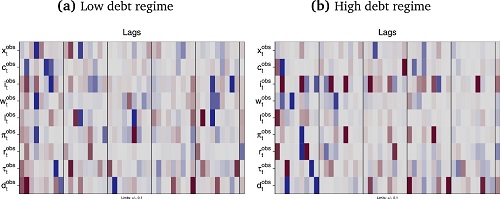
The heatmaps show the deviation of the prior from the posterior mean within the two different regimes using the change in debt-to-GDP as threshold variable. Light grey cells indicate a good fit of the DSGE prior, blue regions imply positive deviations of the posterior from the prior mean, whereas red coloured regions indicate negative deviations of the coefficients. Figure from the article published in Journal of Economic Dynamics and Control.
One work package of the project addressed how fiscal policy (changes in government expenditure or taxes) affects GDP growth in European economies, that is, how large the so-called fiscal multiplier is. Given the economic importance of the public sector in industrialized countries, obtaining precise estimates of fiscal multipliers is particularly important in order to improve forecasts of economic activity. Better multiplier estimates can be obtained by assessing how the use of different methods affects their size. Such an analysis also allows practitioners to understand the biases in current fiscal multipliers estimates.
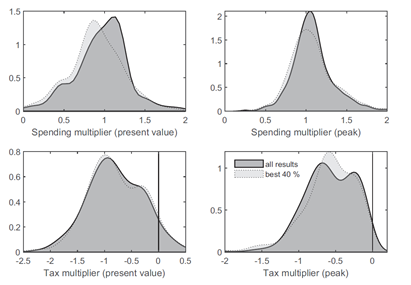
The dark density corresponds to the full set of fiscal multiplier estimates for Austria; the light density refers to the top 40% best models in terms of predictive ability. Figure from the article published in Oxford Economic Papers.
In parallel to the effects of public policy, other important markets such as the foreign exchange market and the market for cryptocurrencies were also studied in detail. New statistical techniques were developed to obtain a more realistic picture of their driving factors and future dynamics. Such modelling tools can significantly reduce the prediction error in the exchange rate and cryptocurrency returns.

Log predictive Bayes factors relative to the TVP-VAR over time: (a) Bitcoin; (b) Litecoin; (c) Ethereum; (d) log predictive likelihood. Figure from the article published in Journal of Forecasting.
How to combine information from different models of the economy
As part of the project’s ultimate aim, a group of different theoretical models designed to explain macroeconomic dynamics were combined, using novel methods to improve their predictive power. In particular, the research team created several types of adaptive weights that can be used for different macroeconomic variables and different models, leading to better forecasting ability for GDP growth, inflation, and interest rates. The methods used in this phase of the project are expected to result in an improved toolkit that will inform policymakers about future developments in the macroeconomy, thus leading to better decisions in public policy.

Posterior mean of model weights over the hold-out sample for four-step-ahead predictions. The figure shows three different weighting schemes for the three target variables: output, inflation, and interest rate. Variables entering the DSGE models are detrended with the Hamilton filter.
A follow-up of the project is currently expanding the portfolio of models that can be used to create combined predictions and will thus lead to further improvements of predictive ability beyond those reported in this research endeavour. In particular, forecasts of new data-driven statistical models that do not rely on particular theories will be added to the predictions pool and are expected to improve the predictive quality of the resulting combinations. The follow-up project On the time-varying predictive ability of theoretical and empirical macroeconomic models is also supported by GA CR.
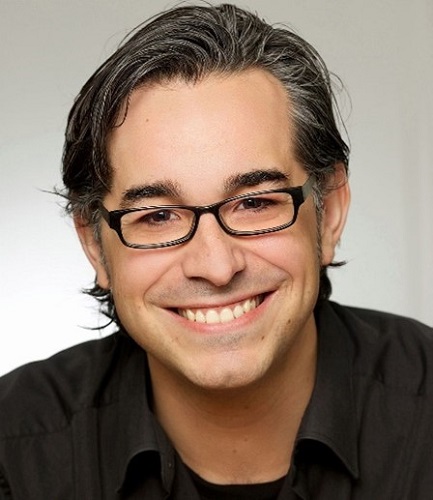
Jesús Crespo Cuaresma, principal investigator
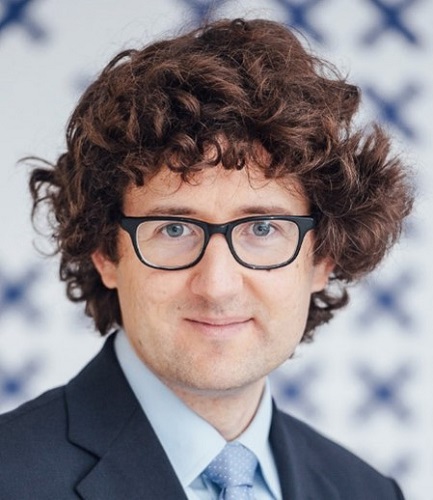
Jan Čapek, team member, coordinator of the international team

Research dealing with the development of thin flexible ceramic substrates with optimized electrical properties for plasma sources was evaluated as excellent by the Grant Agency of the Czech Republic. Under the leadership of professors Martin Trunec and Mirko Černák, a team of experts from CEITEC BUT and the Faculty of Science at Masaryk University worked on it. They would now like to continue on this basic three-year research.
The idea originated over a beer in a garden meet up. “We speculated about a new direction in the research of ceramic materials for the generation of barrier discharges. It was there that the basic impulse was created, which we then wrote down in the form of a project. It took us about a year,” describes one of the leaders, Martin Trunec from CEITEC BUT.
Specifically, it was a three-year project under the auspices of the Grant Agency of the Czech Republic, entitled Flexible Ceramic Substrates with Optimized Electrical Properties, and was undertaken in the years 2018–2020. The main goal of the project was the development of thin flexible ceramic substrates with optimized electrical properties for plasma sources. “Preparing such substrates required the development of a new method of preparation that will allow the creation of very thin ceramic substrates with the required properties from nanometer particles,” says Martin Trunec.
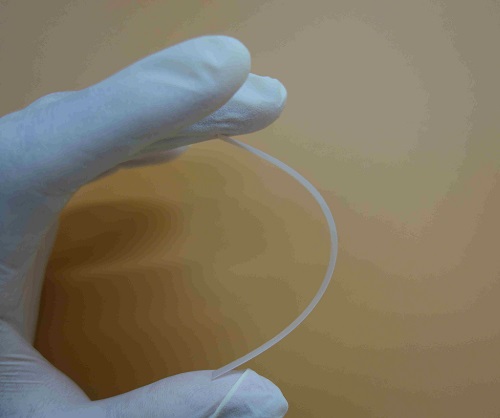
The researchers also investigated the material composition of ceramic substrates to achieve optimal conditions for plasma ignition and combustion. “When dealing with the project, we tried to prepare a ceramic material which, with its physicochemical properties, would facilitate the ignition and maintenance of low-temperature discharge, because this is the key element for industrial applications,” says Mirko Černák from the Faculty of Science at Masaryk University, who with his team focused mainly on assembling plasma lamps and testing them.
But as we know from everyday life, flexibility is not a typical property of ceramic materials. “However, theoretical calculations during the research have shown that ceramic substrates can be highly flexible if the material has high strength and the substrate is thin enough. We subsequently confirmed this experimentally,” explains Martin Trunec. Thanks to years of experience in the field of advanced ceramic materials, he and his team have sponsored the process of preparing ceramic substrates.
The developed plasma lamps based on thin ceramic substrates can serve, for example, as basic units of new advanced devices used in the industry for plasma cleaning of inorganic impurities, for disinfection, ozone preparation, or, for example, in seed germination devices.

According to both group leaders, the cooperation of researchers from two important Brno institutions and the strong involvement of young students contributed to the successful outcome of the project. “During the project, the students increased their qualifications and at the same time provided the team with a constant flow of new ideas, and also contributed to resolving complications that we did not anticipate,” emphasizes Mirko Černák.
The output of an extensive project is, among other things, eight professional publications. “We have advanced knowledge in the field of dielectric barrier discharges used to generate low-temperature atmospheric plasma. We are now continuing to work with partial knowledge,” concludes Martin Trunec. The researchers have therefore already applied for a follow-up project and hope to investigate and design ceramic substrates that increase free radical production in a low-temperature atmospheric discharge even more effectively. These could also be used in the future, for example, for surface sterilization or ozone production.

Urbanization is increasing across the globe, and urban areas constitute one of the fastest growing land-use types. Several studies highlighted how biodiversity plays an important role in conserving ecosystem function and how urbanization reduces the resilience of ecosystems. However, approaches focused on different and complementary biodiversity measures are needed to understand how specific elements of urbanization impacts biodiversity.
 Urban green, Marche, Central Italy, photo Federico Morelli
Urban green, Marche, Central Italy, photo Federico Morelli
The team headed by doc. Federico Morelli carried out the GACR project “Effects of urbanization on multilevel avian diversity: linking bird community metrics to pollution level, vegetation and building density”. The project’s main objective was to assess the impact of specific elements of urbanization on multiple facets of biodiversity, targeting bird communities. Field data collection in 16 different European cities, geospatial analysis, and modelling procedures were conducted from 2018 to 2020 to provide new insights on identifying high environmental quality areas in European cities.
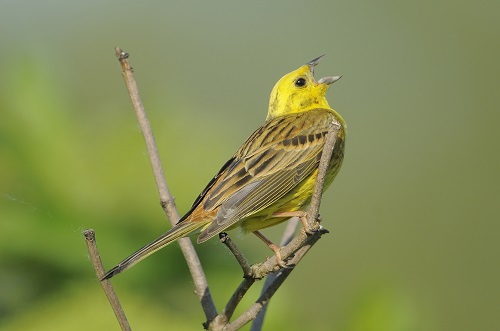 Emberiza citinella in Poland, photo C. Korkosz
Emberiza citinella in Poland, photo C. Korkosz
“We mapped the local characteristics of the cities in terms of land use composition, building structure, as well as type and amount of vegetation in the urban greenery. Additionally, we estimated the level of environmental pollution (e.g., light and noise pollution). We found that some elements of urban greenery as grass, bush and trees are positively correlated with the number of bird species, while grass and trees, and the presence of water (rivers or urban streams), increased the phylogenetic diversity of avian communities,” says doc. Dr. Federico Morelli, Ph.D., and adds: “On the opposite, all the main indicators of a high level of urbanization (e.g., building cover, number of building’ floors, pedestrian’s density and level of light pollution) increased the phylogenetic relatedness of species (how much the species in a given assemblage are close related in terms of evolution). Two species are more related if they have a more recent common ancestor. We can associate bird communities characterized by a high phylogenetic relatedness with more homogeneous assemblages, potentially less resilient if facing an ecological stress. Interestingly, the presence of bushes in the gardens and public green areas helped to mitigate this effect on the biotic homogenization.”
 Urban green in Prague 6, photo Federico Morelli
Urban green in Prague 6, photo Federico Morelli
The main importance of this project is related to the large spatial scale and international scope of the study, as well as the assessment of the impact of different components of urbanization on the taxonomic, functional, and phylogenetic diversity of urban bird assemblages. Specifically, the project considered building density, development of greenery, and environmental pollution including the influence of noise and artificial light at night. The final outcomes (see some examples in the web: www.urbanbiodiversity.net) may increase the basic knowledge concerning urban bird communities as bioindicator of the environment quality of urban areas, providing new valuable information for ecological and urban planning. We delivered a list of positive and negative effects of different urban characteristics on overall avian diversity, that can help to mitigate the continuous decline on biodiversity, especially marked in urban areas.
 Passer domesticus italiae photo Fabio Pruscini
Passer domesticus italiae photo Fabio Pruscini
“Finally, our findings suggest that maintaining adequate levels of avian diversity within the urban settlements can increase the potential resilience of urban ecosystems, exposed to the stress provoked by rapid and continuous changes. Last but not least, as highlighted in several previous studies, the conservation of urban biodiversity constitutes also a positive driver of citizens’ wellbeing,” says Morelli.
 Federico Morelli, photo Yanina Benedetti
Federico Morelli, photo Yanina Benedetti
doc. Dr. Federico Morelli, Ph.D.
Community and Ecology Conservation Research Team
CULS – Czech University of Life Sciences
Federico Morelli is a quantitative ecologist, currently working as an associate professor at the Czech University of Life Sciences (Prague, Czech Republic). He has been involved in several European projects modeling the impact of land use and climate change on the spatial distribution of biodiversity. The focus of his research interest is macroecology, species distribution models, urban and road ecology, biodiversity spatial patterns, and bioindicators as a tool for conservation planning.
Text: CULS
Featured image: Urban development – La Defense, Paris, France, photo Federico Morelli











 Urban green, Marche, Central Italy, photo Federico Morelli
Urban green, Marche, Central Italy, photo Federico Morelli Emberiza citinella in Poland, photo C. Korkosz
Emberiza citinella in Poland, photo C. Korkosz Urban green in Prague 6, photo Federico Morelli
Urban green in Prague 6, photo Federico Morelli Passer domesticus italiae photo Fabio Pruscini
Passer domesticus italiae photo Fabio Pruscini Federico Morelli, photo Yanina Benedetti
Federico Morelli, photo Yanina Benedetti

